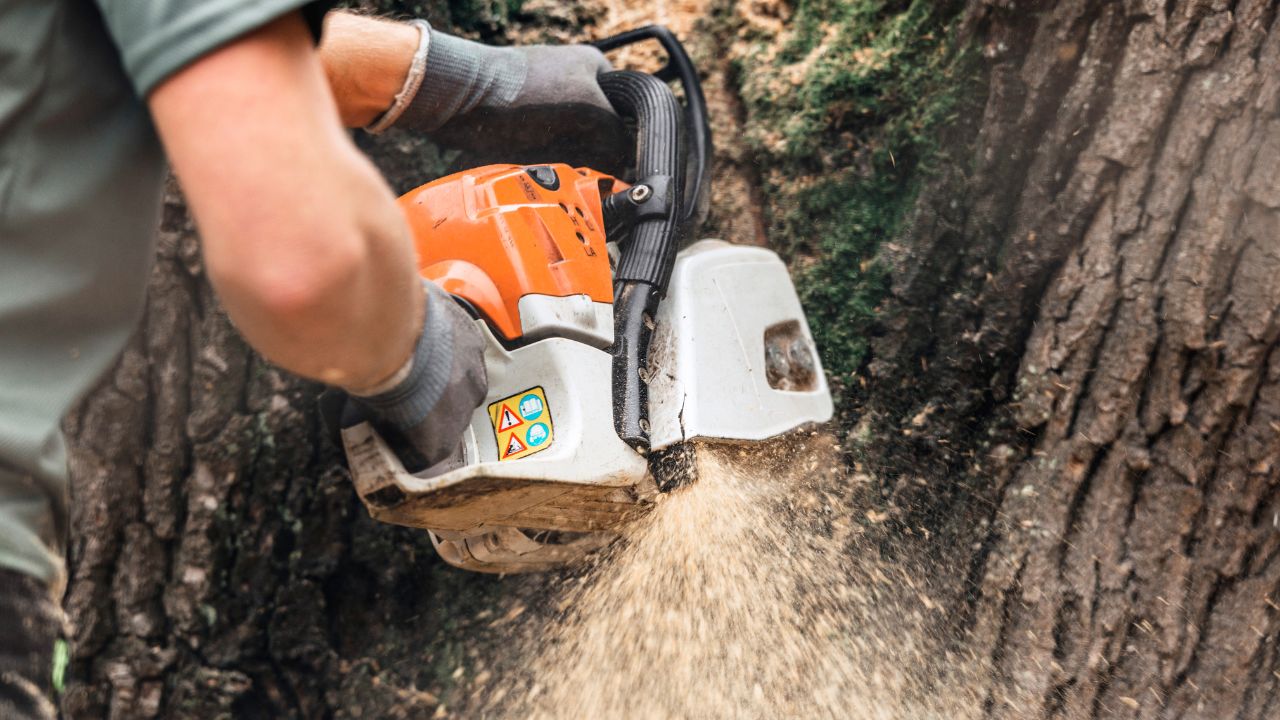In the heart of Texas, the city of Austin stands as a shining example of modern innovation and technological advancement. As the cityscape evolves, so does its approach to preserving and nurturing its natural beauty. The fusion of technology with tree services Austin may seem unconventional, but Austin’s arborists are harnessing cutting-edge tools to revolutionize the tree services industry. From aerial assessments conducted by drones to real-time health monitoring using smart sensors, a new era of tree care is dawning upon the city’s urban forest.

The Rise of Aerial Assessments: Drones Take to the Skies
Gone are the days of climbing precarious heights or relying solely on ground-level inspections to evaluate the health and condition of trees. Drones, those nimble and versatile flying machines, have found their place in Austin’s arboriculture toolkit. Equipped with high-resolution cameras and LiDAR technology, these drones provide a bird’s-eye view of trees, helping arborists identify potential risks, diseases, or structural issues that might not be apparent from the ground.
Aerial assessments have not only improved the accuracy of tree evaluations but have also enhanced the safety of arborists. They can now identify hazardous trees without putting themselves at unnecessary risk. This technology-driven approach allows for more informed decision-making, leading to proactive measures to address concerns before they escalate.
Smart Sensors: Guardians of Real-Time Tree Health
Imagine trees that could communicate their needs, much like a patient in a hospital. While trees may not utter words, technology has bestowed them with a voice of their own through the integration of smart sensors. These unobtrusive devices are embedded in the trees, continuously collecting and transmitting data about various environmental factors that affect tree health.
In Austin, these smart sensors have become the vigilant guardians of the urban forest. They monitor moisture levels in the soil, detect changes in temperature and humidity, and even track the presence of pests and diseases. This real-time monitoring enables arborists to respond swiftly to stressors and intervene effectively to prevent potential issues from escalating.
The data collected from smart sensors form a comprehensive health profile for each tree. Arborists can analyze trends and patterns, enabling them to tailor their care strategies based on the specific needs of each tree. This personalized approach ensures that Austin’s trees receive the exact care they require for optimal growth and longevity.
Transforming the Industry Landscape
The integration of drones and smart sensors into Austin’s arboriculture has transformed more than just tree care practices—it has reshaped the entire industry landscape. Traditional methods of manual assessments are being supplemented and, in some cases, replaced by these technological marvels.
As a result, the efficiency of tree services has skyrocketed. Arborists can cover larger areas in less time, identify potential risks more accurately, and allocate resources more effectively. This efficiency not only benefits the trees but also the residents of Austin who rely on these services to maintain a safe and vibrant urban environment.
Furthermore, the marriage of technology and tree care has sparked a renewed interest in environmental stewardship. Residents of Austin are becoming more engaged in the well-being of their local trees, thanks to the transparency and accessibility that technology provides. Community involvement has surged as people collaborate with arborists to interpret sensor data and actively participate in tree care initiatives.
The Road Ahead: Sustaining the Balance
While technology has brought undeniable progress to Austin’s tree services, it is essential to strike a balance between innovation and traditional practices. The human touch, honed by years of experience, remains invaluable in assessing complex situations that technology might not fully grasp.
As the tree services industry continues to evolve, arborists must remain adaptable and open to embracing new advancements. Continuous training and education ensure that professionals stay abreast of the latest technologies and techniques, enabling them to make informed decisions that benefit both the trees and the city’s residents.
In conclusion, the integration of cutting-edge technology into Austin’s arboriculture has ushered in a new era of tree care. Drones soaring through the sky and smart sensors embedded in tree trunks have revolutionized how arborists assess and manage the city’s urban forest. This tech-driven approach not only enhances efficiency and accuracy but also fosters community involvement and environmental stewardship. As Austin’s trees continue to thrive under the watchful eye of technology, the city sets a precedent for sustainable and forward-thinking urban arboriculture.